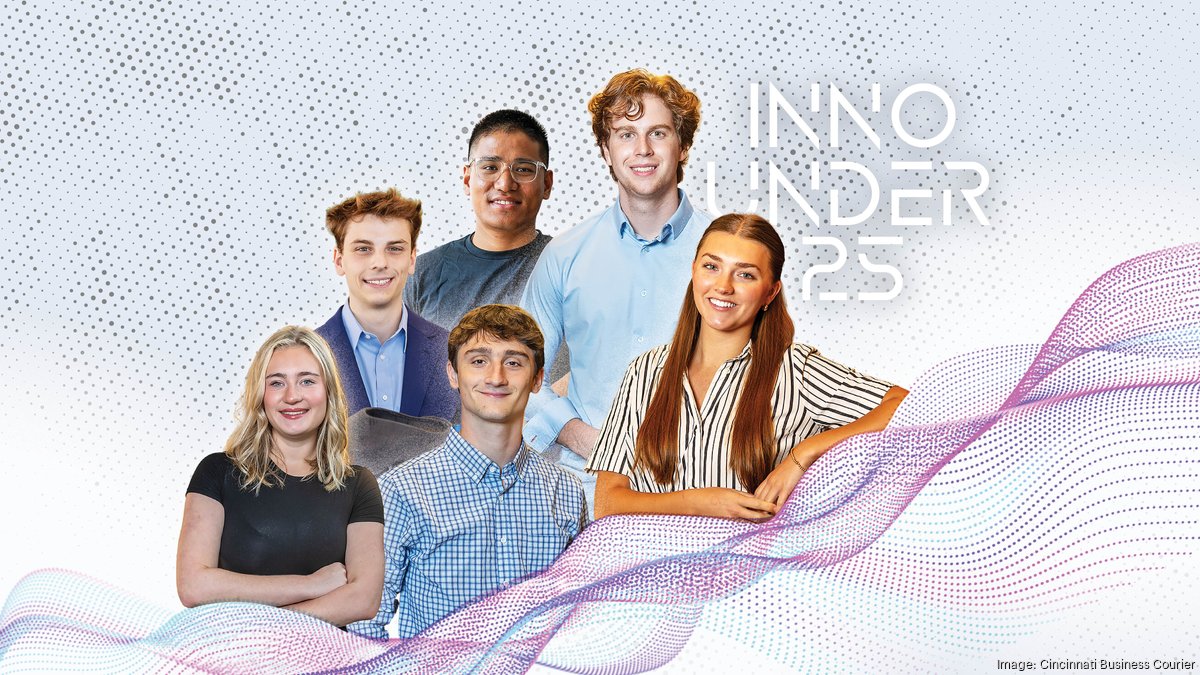Summary:
Google DeepMind partners with Commonwealth Fusion Systems to use AI for optimizing fusion reactor operations
The collaboration uses DeepMind's Torax software combined with AI models to simulate plasma and find efficient paths to net energy generation
Fusion power promises massive electricity with zero emissions from water, attracting AI companies for data center power needs
AI addresses the critical challenge of maintaining plasma stability in fusion reactors, where traditional control methods fall short
CFS's Sparc reactor is two-thirds complete and expected to be the first net-energy fusion device when finished in 2026
Google has invested in CFS's $863M funding round and committed to buying 200MW from their future commercial plant
The AI-Fusion Partnership
Energy startup Commonwealth Fusion Systems (CFS) announced it's collaborating with Google's DeepMind division to optimize and enhance the operation of its upcoming Sparc reactor using artificial intelligence.
Alex Creely, director of Tokamak operations at Commonwealth Fusion Systems, at the company's campus in Devens, Massachusetts, US, on Wednesday, Nov. 6, 2024. Commonwealth Fusion Systems LLC's growing conviction that fusion is within reach after decades of research comes as the company completes the magnet that will be critical for containing the superheated plasma needed to generate power. | Image Credits:Cassandra Klos/Bloomberg / Getty Images
How AI Is Transforming Fusion Energy
The partnership will use DeepMind's specialized software Torax to simulate the plasma behavior inside CFS's reactor. The companies plan to combine Torax with AI models to identify the most effective approaches for achieving fusion power.
Fusion power offers the potential for massive electricity generation with zero emissions from an almost limitless fuel source: water. This has attracted significant interest from AI companies seeking reliable power for energy-intensive data centers.
Google's Growing Fusion Portfolio
This isn't Google's first venture into nuclear fusion. The tech giant previously worked with another fusion startup, TAE Technologies, using AI to study plasma behavior in their fusion device.
Google's continued interest stems from AI's unique capability to solve one of fusion's biggest challenges: maintaining plasma stability. Unlike self-sustaining nuclear fission reactions, fusion reactions are extremely difficult to maintain outside stellar conditions. The plasma constantly risks diffusion and extinction without massive gravitational forces.
The Plasma Control Challenge
In CFS's reactors, powerful magnets replace gravity to contain the plasma, but they're imperfect. Reactor operators must develop control software that can continuously adapt to changing plasma conditions.
The complexity lies in the numerous variables involved—far more than humans can manage effectively. This is precisely where AI excels, and experts consider it one of the key technologies driving the industry's recent remarkable advances.
Sparc Reactor Progress
CFS is currently building its Sparc demonstration reactor in a Boston suburb. The device is approximately two-thirds complete and scheduled for completion in late 2026. The startup predicts Sparc will be the first fusion device capable of producing more power than it consumes.
Advanced AI Applications
Google states that Torax can be integrated with reinforcement learning or evolutionary search models to identify the most efficient and robust paths to achieving net energy generation. The companies are also exploring whether AI can directly control reactor operations.
Strategic Investments and Partnerships
In August, Google participated in CFS's $863 million Series B2 funding round alongside Nvidia. Earlier this year, Google committed to purchasing 200 megawatts of electricity from CFS's first commercial power plant, Arc, planned for construction outside Richmond, Virginia. Google also maintains investments in CFS competitor TAE Technologies.









Comments